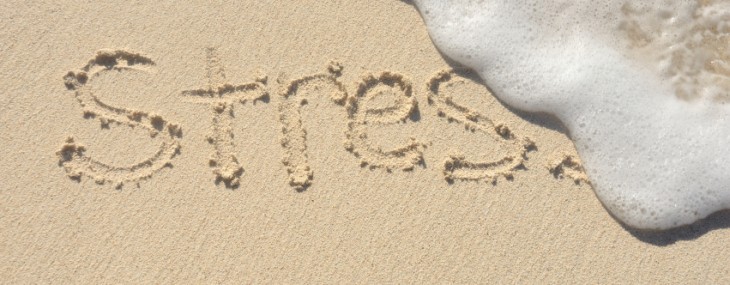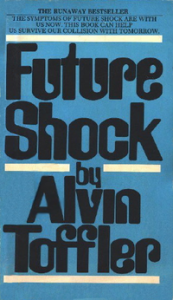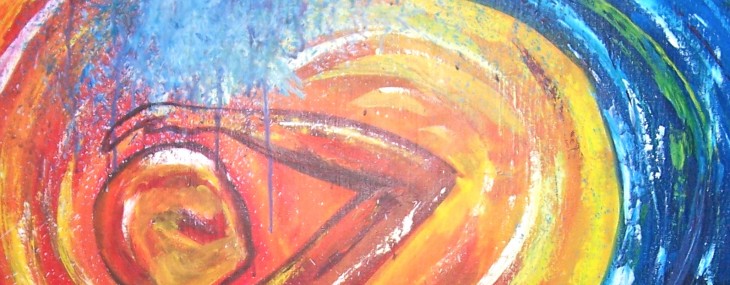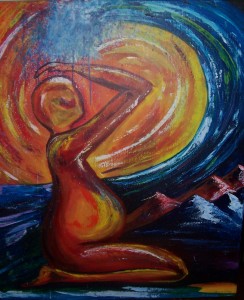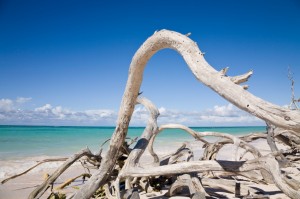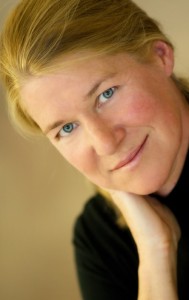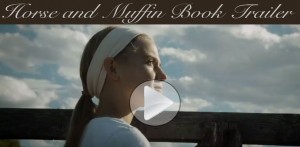“The rush and pressures of modern life are a form, perhaps the most common form, of contemporary violence. To allow oneself to be carried away by a multitude of conflicting concerns, to surrender to too many demands, to commit oneself to too many projects, to want to help everyone in everything is to succumb to violence.” —Thomas Merton
Have you ever thought of busyness in terms of violence? I have. Many violent things happen both silently and insidiously.
Back in 1970, Random House released Alvin Toffler’s book, Future Shock. I remember it well though I was only fifteen. Toffler maintained that the pace of life was increasing exponentially, bringing “too much change in too short a period of time.” The psychological results of stress and anxiety would be profound. The book sold over 6 million copies. A documentary film followed in 1972 with Orson Welles as the on-screen narrator.
Does your To Do List feel overwhelming?
Do you have information overload every time you tune in the news?
Do emails and social media feel like a constant barrage?
Is multi-tasking the new normal?
Do you lay awake at night thinking too much?
How have we handled the stress of “future shock” over the last 44 years?
I recently watched a science show on the NTGEO channel called, The Numbers Game. The episode was called “Could You Be A Better Boss.” One experiment referenced Navy SEAL training and examined the ability to focus under stress. Participants were shown two similar pictures that differed in small details. At first, it seemed easy to differentiate.
Then stressful distractions were added. Continue reading
